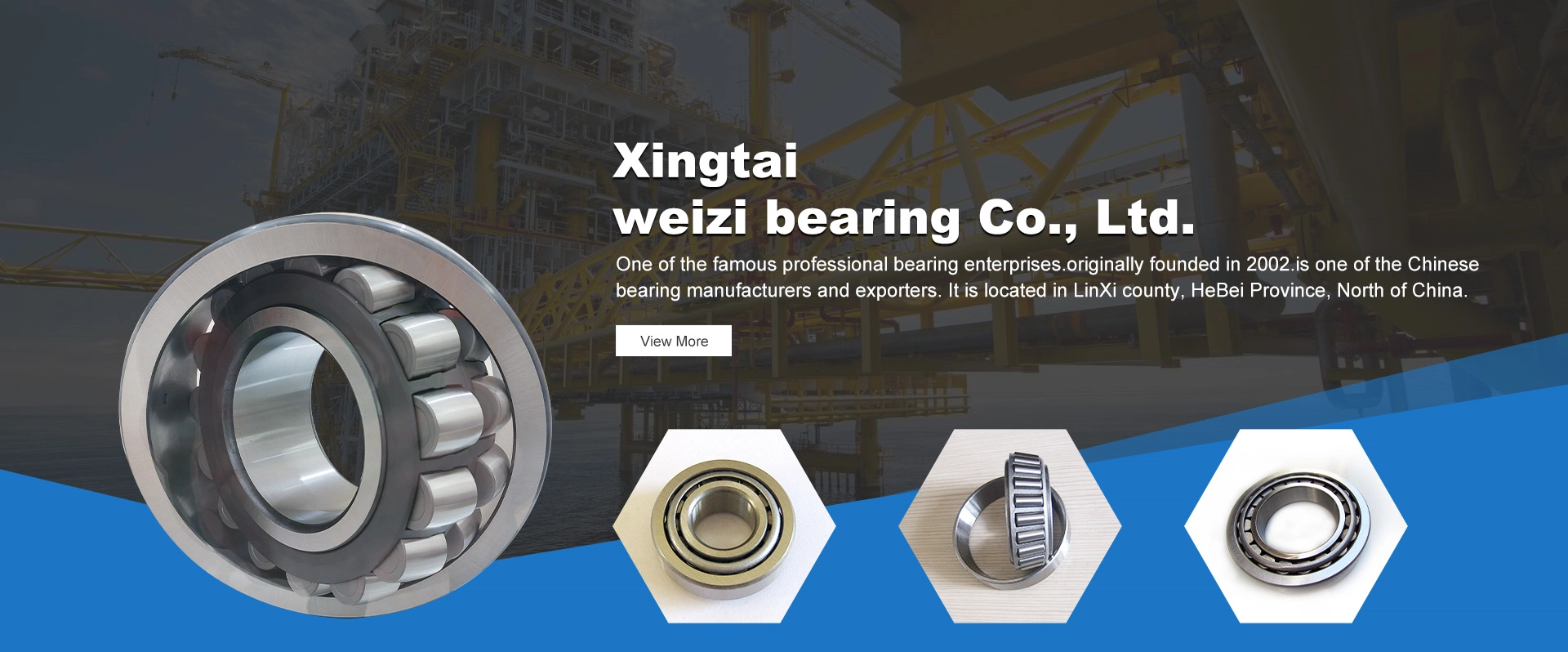
Авг . 13, 2024 21:01 Back to list
Understanding Spherical Bearing Clearance Guidelines for Optimal Performance and Longevity in Applications
Understanding Spherical Bearing Clearance A Comprehensive Overview
Spherical bearings play a crucial role in a variety of engineering applications, from automotive to aerospace, providing essential support and flexibility in pivoting joints. One critical aspect of their performance is the clearance between the bearing and its housing, which can significantly affect the efficiency and longevity of the bearing system. In this article, we’ll explore the concept of spherical bearing clearance, the factors influencing it, and how to interpret typical clearance charts used by engineers.
What is Spherical Bearing Clearance?
Spherical bearing clearance refers to the space or gap between the spherical surface of the bearing and the corresponding housing or shaft. This clearance is essential because it allows the bearing to adjust to misalignments and reduce friction during movement. If this gap is too small, it can lead to binding, increased wear, and potentially catastrophic failure. Conversely, too much clearance can result in excessive play and vibrations, degrading performance and stability.
Factors Affecting Clearance
Several factors influence the appropriate clearance for spherical bearings. These include
1. Operating Conditions The environment in which the bearing operates—temperature, load conditions, and the presence of contaminants—can dictate the necessary clearance. For example, higher temperatures can cause thermal expansion, necessitating greater clearance.
2. Material Properties The materials used for the bearings and the housing affect how they behave under load. Different materials have unique thermal expansion coefficients, which can impact the effective clearance as temperatures vary.
3. Manufacturing Tolerances The precision of the manufacturing process also plays a role. Tighter tolerances can reduce the need for additional clearance, while broader tolerances might require more leeway to ensure proper function.
spherical bearing clearance chart

4. Lubrication Effective lubrication can also influence clearances. Lubricants can create a film that helps reduce friction and wear, potentially allowing for tighter clearances.
Interpreting Spherical Bearing Clearance Charts
Spherical bearing clearance charts are invaluable tools for engineers when selecting bearings for specific applications. These charts typically provide a range of clearances based on factors such as bearing size, load type, and expected operating conditions.
1. Reading the Chart When using a spherical bearing clearance chart, engineers must identify the key parameters relevant to their application. These parameters may include load capacity, bearing diameter, and anticipated movement (oscillation or rotation).
2. Selecting Appropriate Clearance Once the relevant parameters are established, an engineer can locate the corresponding range of clearances in the chart. It’s vital to choose a clearance that not only accommodates operational needs but also considers long-term wear and potential thermal expansion.
3. Adjusting for Conditions If operating conditions change, such as increased load or temperature, it may be necessary to revisit the clearance selection. Many manufacturers provide guidelines on how to adjust clearances based on these variables, which can enhance overall system performance.
Conclusion
In summary, understanding spherical bearing clearance is a fundamental aspect of engineering design and maintenance. Proper clearance ensures smooth operation, longevity, and reliability of bearing systems. By utilizing clearance charts and considering the influencing factors, engineers can make informed decisions that optimize performance across various applications. Whether in machinery, automotive applications, or aerospace technology, mastering the nuances of spherical bearing clearance is critical for successful engineering outcomes.
Latest news
-
Grooved Ball Bearing Design and Functionality
NewsJun.04,2025
-
Concrete Mixer Bearing Load Capacity Testing
NewsJun.04,2025
-
6004 Bearing Dimensions in Robotic Joint Designs
NewsJun.04,2025
-
Advantages of Single-Row Deep Groove Ball Bearings
NewsJun.04,2025
-
Applications of Deep Groove Ball Bearings in Automotive Systems
NewsJun.04,2025
-
Innovations in Bearing Pressing Machine Design
NewsJun.04,2025
